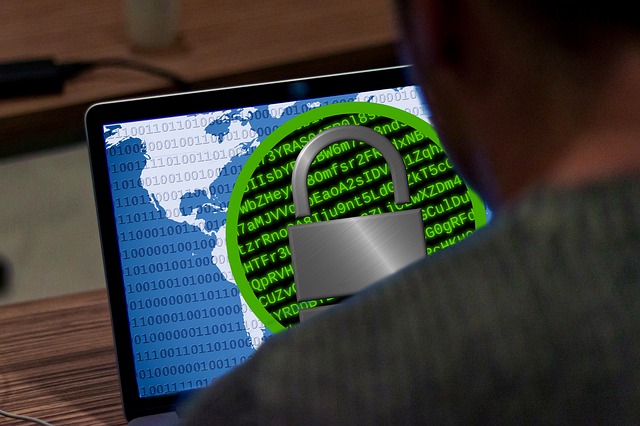In the U.S., a hacking attack occurs every 39 seconds and over a third of Americans are affected by hacks each year.
Unfortunately, site owners often worry more how their website looks than whether it’s secure – which leaves a virtual open door for cybercriminals. If they get in, they could take control of your domain or steel the sensitive information of your business or its customers.
Thankfully, there are many quick ways you can make your website more secure without spending a single dime. In this article, we’ll take a look at the top 5.
1. Install an SSL certificate
You come across SSL certificates whenever you browse the web. SSLs protect websites by encrypting data like login details, personal details, and payment details.
When a website has an active SSL, their browser displays a padlock to the left of the URL. Most good cheap web hosts offer SSL certificates as part of their web hosting packages. But some don’t. Always choose a web host that offers SSLs as standard because purchasing an SSL separate to your web hosting plan is likely to double your annual fees.
Not only is an SSL certificate essential for keeping your website secure, but it also tells your customers that your site is trustworthy and legally allowed to process their data (e.g. payment data). Plus, not having an SSL can negatively impact your site’s SEO and some search engines – namely Google – will block access to a site that doesn’t have an SSL with a warning message.
2. Keep your website updated
Websites use a lot of software and it’s important that it’s kept up to date. Website builders like Wix and Shopify tend to run updates for you. They handle updates and security issues, so they’re ideal for beginners.
However, if you’re using WordPress or any other software, you may need to keep on top of your own updates or hire a web developer to do it for you. Outdated software makes your website vulnerable to attacks as well as bugs and glitches.
Most WordPress updates can be set to occur automatically by activating auto-updates in the dashboard, which only takes a couple of minutes.
3. Manage your comments
Many blogs and websites enable comments so visitors can engage and interact with website owners, authors, and other visitors. Comments add social proof to your site, help build a community around your brand and indicate that your site visitors enjoyed what they came to see.
However, not all comments are benign. Unfortunately, all sites will encounter spam and some will be targeted by bots, fake accounts, and trolls. Although most will be promotional, some comments contain malicious links that can damage your site and impact the security of its users.
Thankfully, you can combat these issues by setting your comments to require approval, which means new comments will need to be reviewed before going live on your site. This can be a little time consuming, but it can also improve your website security.
4. Anti-Malware software
Installing anti-malware software is a hands-off way to keep your website secure. There are plenty of paid and free products on the market, e.g. SiteLock and Bitdefender.
These products detect and remove malware, regularly scan your site for issues, offer DDoS protection, and more. Plus, all you have to do is click a few buttons to get your chosen software installed and then keep an eye on the automatic incident tracking and reports.
Many web hosting providers include anti-malware software in their packages, so there really is no excuse to not have this safety net set up.
5. Backup your site
So far, we’ve looked at ways you can make your website secure, but even the best-protected websites in the world experience attacks from time to time. If it can happen to Apple, it can happen to any of us. So, you need to prepare for the inevitable.
Always set up regular, automatic backups for your website. By doing so, you’ll be reassured that, if something terrible were to happen, you’d have all the necessary data to hand to track what you’ve lost and restore your website to its pre-attack standard.
You can backup your website using:
- Tools: You can use a backup tool or service like CodeGuard
- Plugins: If you’re using WordPress, plugins like VaultPress will do the job
- Your web hosting: Many web hosting plans include a free backup service, although it may be limited to a certain amount of storage space.
Conclusion
When you’re running a website, especially one that hosts your business, you need to keep it and its visitors secure. You can easily protect your site from threats and attacks by installing an SSL certificate, regularly updating plugins and other software, installing anti-malware, staving off spammy comments and keeping backups for when those cybercriminals eventually beat down your door.
Author bio
Georgie is a Content Contributor for Hosting Ninja. She is passionate about sharing her enthusiasm for technology through her content writing work, with a mission to help others learn and understand what makes the digital world so successful.

